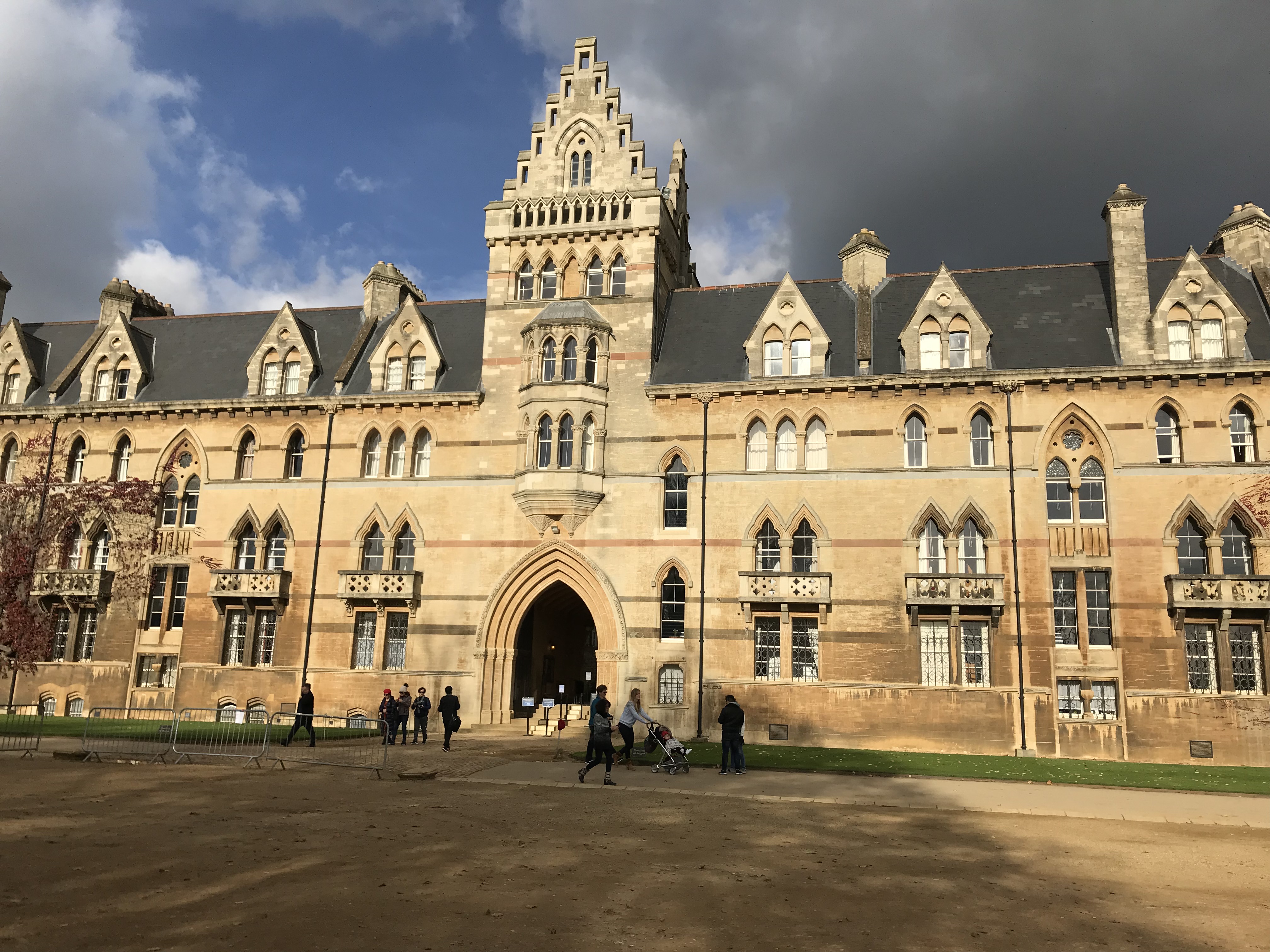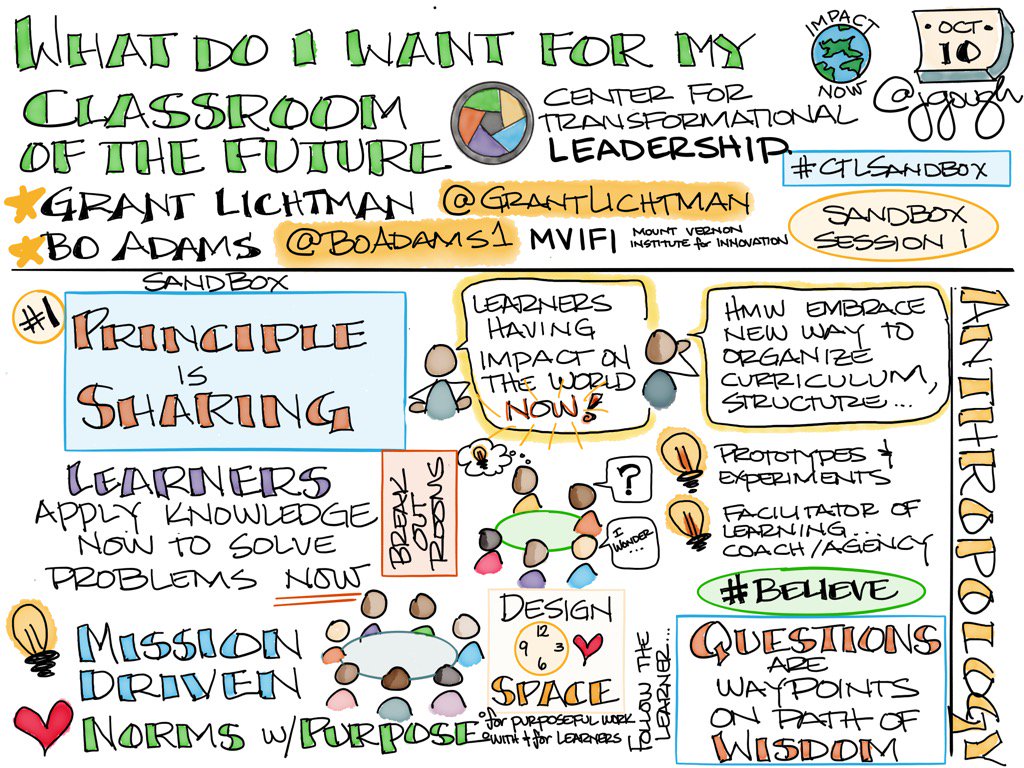Great schools have a clear mission that is known and shared by faculty, students, and administration. I have visited schools with a variety of missions, but I may never have been at a school with a more pervasive sense of mission than at Crossroads Prep in St. Louis. At Crossroads, from the Head down to every student I talked with, the mission is diversity, but in a different way than you might think.
Many schools, particularly independent schools, tout their diversity statistics, and for good reason. Since America remains a largely segregated society, neighborhood-centric public schools largely reflect their racially, ethnically, and economically divided neighborhoods. Many independent schools draw families from a range of zip codes, and this is certainly the case at Crossroads. According to Head Clark Daggett, Crossroads is one of the most racially and economically diverse schools in the region, with 45% African American student body; nearly half of students receive some form of financial assistance to attend; yet tuition is less than other top St. Louis independent schools. I have done extensive research on the relationship of economic diversity at a school to tuition and other budget drivers, and those numbers make Crossroads a real outlier. The answer is clearly a shared belief in the mission. Simply, teachers work for lower than benchmark salaries because they share in the mission of the school.
The idea of diversity here goes way beyond skin color, and it starts with the location of the campus, on the very real boundary of traditionally white and non-white areas of a “balkanized” St. Louis landscape. Clark believes the mission of the school is to blur these lines of division, be they racial, economic, philosophical or other. They don’t just tout their student diversity; they raise it up and use it as a lever to very intentionally teach students how to get beyond the lines that divide us. Importantly, I heard the EXACT same thing from teachers I talked with. And when I got to spend almost an hour with a group of seniors, their description of what makes Crossroads special came back to these same ideas of embracing, celebrating, and understanding diversity of thought, opinion, culture, and so much more. Many of these students come from miles away and could have attended any of the other prestigious St. Louis prep schools, but chose Crossroads in order to learn and share in an ethos of erasing lines.
I spent time with Mark Norwood, dean of students and Director of Ethics and Social Responsibility (how many times this last two weeks have I blogged about someone with a title, a responsibility, that your school does not have?). He talked about how the school physically sits at a crossroads of race and money, and how the modest buildings attract people who feel comfortable without trappings. They don’t want to sit back; they want to be highly intentional about what diversity means and the strength it wields. They are building the case for students that each individual is in control of themselves and the connections that create their place and future beyond school. They have developed opportunities both within the standard curriculum and outside of normal classes for students and faculty to learn and share specific skill and mindset tools, and to keep this ethos high in their collective consciousness. Their Good Works program of community engagement now includes nearly 20 partner non-profits. Like Latin School of Chicago and others I have visited, these partnerships involve much more than students going to work in a soup kitchen. In programs like Crossroads, what students do off campus follows them back to school, and back into the classroom, in terms of research, discussion, and reflection.
In the full period I had to sit down and talk with students, the one quote that sticks out is this: “Teachers here get it.” All of these students are prepping for college and they know they need a solid foundation in core subject knowledge base. But what lit up for all of them were the projects, long discussions, and tangential programs that are embedded so deeply in classroom activities. They said that their teachers try to update curriculum in real time, staying aware of what is going on in the world outside of school walls. They cited teachers who will deviate strongly from regular curriculum to focus on a major current event and weave that into the lesson plan over days or weeks. In addition to basic communication skills, they said what is going to help them most in their futures is the ability to apply content knowledge, and to work and communicate comfortably with adults. They will need to ask good questions and know when and how to ask for help. They all talked about the large group projects at all grade levels, many which are discussion-based, where they are learning to find, filter, and apply connected thinking to real world problems. As we summed up, though, and I asked the students the real key that differentiates Crossroads from the other schools their friends attend, the all agreed: the diverse representation of background, and intentional openness to many points of view.
My meeting with a group of faculty was equally important. This is, after all, a college prep school, and they continue to feel the tension of a traditional AP-focused program that can often stand in the way of innovation that many would like to see. But they find a way around it, as they have other dividing lines. The faculty told me that what they do best is “retail teaching”, creating that 1:1 student-teacher relationship of authentic connection. They feel this trumps the tension of what might be taught, be it AP or something of a deeper nature. In a separate meeting, Clark echoed this same focus. To paraphrase Clark, pedagogy, programs, and technology are all important, but the key to Crossroads, or perhaps any educational success, is the relationship between each teacher and each student. He used a word, empathy, which comes up at so many of my school visits: the ability to reduce the distance between people. At Crossroads, this commitment to empathy as core to mission is the clear reason for their success.






Leave A Comment